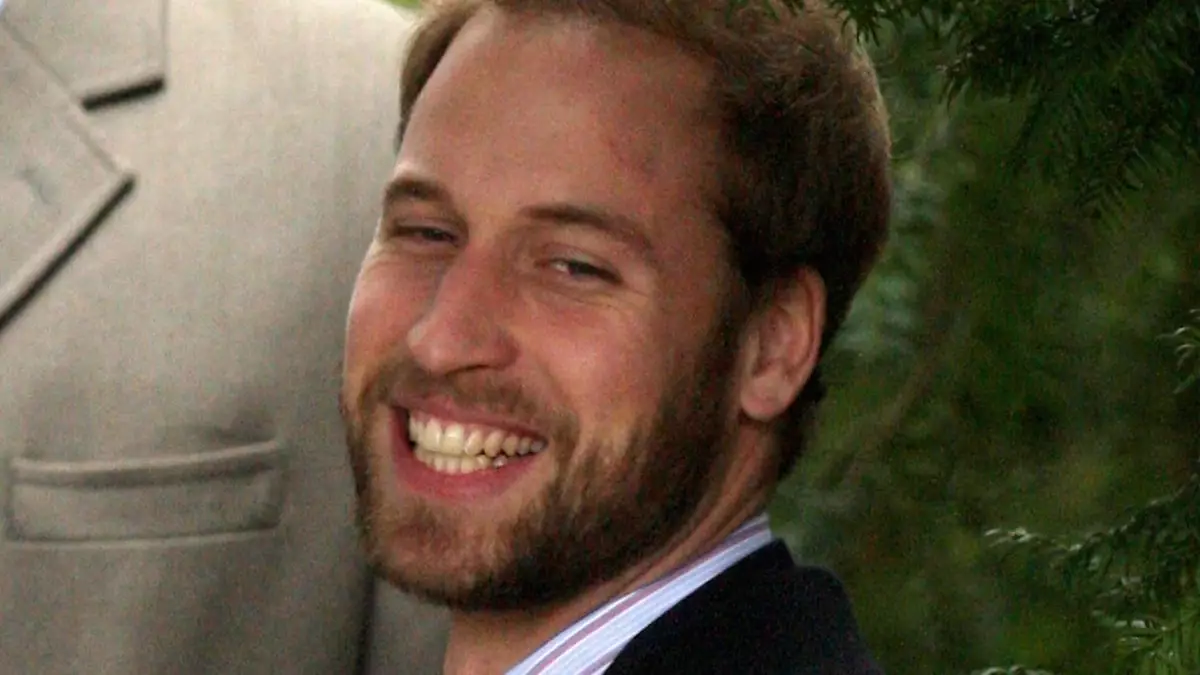In a rare public appearance by the Prince and Princess of Wales, fans were quick to take notice of Prince William’s facial hair. The fascination with his beard sparked discussions on social media about the attractiveness of men with facial hair. Love and relationships expert Dr. Tara explains that beards have always been perceived as sexually attractive by females, as evolutionarily, they signal masculinity and higher testosterone levels.
According to Dr. Tara, facial hair can play a significant role in how individuals are perceived. Beards can make the wearer appear more aggressive and masculine, appealing to our primitive instincts. Additionally, a study conducted in 2015 found that the specific style of beard that Prince William is sporting – covering the lower jaw, connecting with the mustache, and covering the cheeks – is considered the most sexually attractive.
Prince William’s decision to maintain his stubble despite royal protocol dictating otherwise can be interpreted as an act of rebellion. In his book “Spare,” Prince Harry revealed that William was previously required to shave his beard as part of royal tradition. By defying this norm, William adds an element of intrigue to his persona, making him even more appealing to the public.
Currently enjoying their summer break with no official royal engagements scheduled, the Prince and Princess of Wales have the opportunity to relax and unwind. This break from royal duties may explain why Prince William has allowed his facial hair to grow unkempt, showcasing a more casual and laid-back look to the public eye.
The fascination with Prince William’s facial hair goes beyond mere aesthetics. It taps into primal instincts, evolutionary biology, and societal norms, making his decision to maintain his stubble a topic of discussion and admiration among royal watchers. His beard not only enhances his physical appearance but also adds a layer of rebellion and nonconformity to his royal image.

